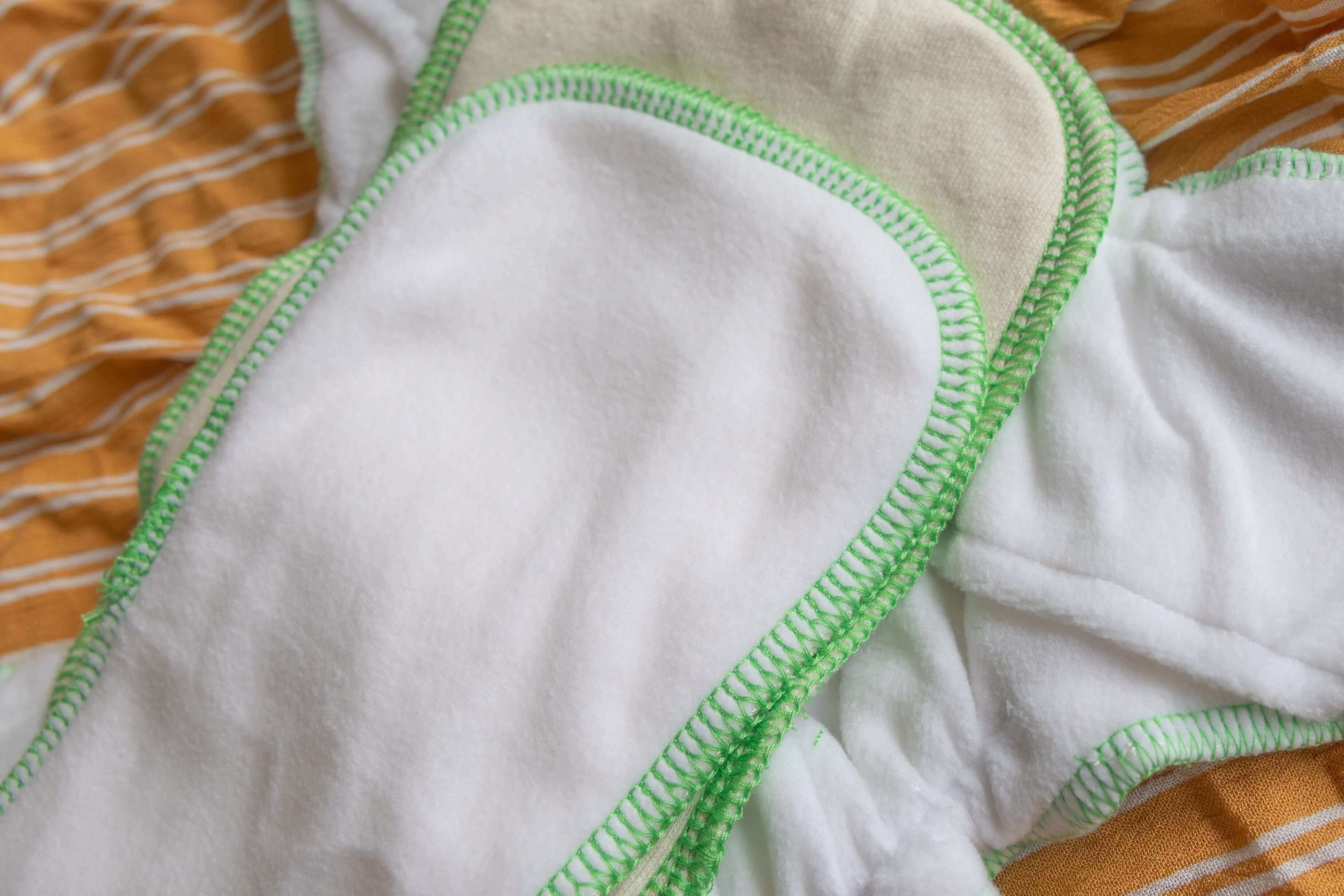
The Complete Guide to Storing Reusable Diapers: Why, How, and Best Practices
Storing your reusable diapers properly is essential to maintaining the health of the fibers and absorbency, the TPU water resistant layer, preventing any smells and mold, and the diaper's overall effectiveness. Whether you're using cloth diapers for financial savings, environmental reasons, or to reduce diaper rash, proper storage is key. In this comprehensive guide, we will delve into the importance of storing reusable diapers, discuss best practices, and highlight common mistakes to avoid. By following these guidelines, you can ensure that your reusable diapers remain clean, fresh, and ready for use, prolonging their lifespan and maximizing their benefits.
Why Proper Storage Matters
Properly storing reusable diapers is crucial for several reasons. Firstly, it helps prevent the growth of bacteria, mold, and mildew that can cause unpleasant odors and potential health issues. Adequate airflow is essential to keep your diapers dry and minimize the risk of bacterial growth. Secondly, correct storage practices help maintain the fabric's integrity, preventing premature wear and tear. Lastly, well-organized storage allows for easy access and efficient use of your diaper stash.
Best Practices for Storing Your Reusable Diapers
1. Clean the diapers thoroughly: Before storing your reusable diapers, ensure they are thoroughly cleaned according to the our instructions on the label. Proper deep cleaning removes residue, stains, and bacteria, meaning your diapers are hygenically cleaned and ready for storing or wearing.
2. Completely dry the diapers: Ensure that the diapers are completely dry before storing them. Moisture promotes the growth of bacteria and mildew, leading to unpleasant odors and potential damage to the diaper fibers. Sun drying or using a dryer (if recommended on your care label) are effective methods for achieving dryness. If using a dryer please select a low temperature or wool setting.
3. Choose an appropriate storage container: Diaper pails, wet bags, or a basket? Each has its own advantages and can work for your storage container. Diaper pails with locking lids are effective in containing odors, but ensure they have adequate airflow to prevent moisture buildup. Wet bags are portable, breathable, and great for on-the-go, but regular washing is necessary to maintain freshness. Wire baskets offer maximum airflow, affordability, and versatility, but lack enclosure, which may not be suitable for all situations. Choose a storage option that suits your needs, considering factors such as capacity, portability, placement and odor control.
4. Allow for airflow: Regardless of the storage container you prefer, proper airflow is crucial. Ensure that diapers are not tightly packed or compressed, as this can impede ventilation and lead to odors and bacteria growth. Use breathable materials like mesh liners or perforated bags to promote air circulation. We also recommend that you remove the absorbency from the water resistant layer if possible when storing.
5. Avoid plastic bags: While it may be tempting to use plastic bags for storage that you would normally use for single use diapers, they are not ideal for reusable diapers. Plastic bags trap moisture and can contribute to unpleasant odors and bacterial growth. Opt for reusable cloth bags or other breathable alternatives.
6. Rotate your stash: To prevent diapers from sitting unused for extended periods, rotate your stash regularly. Use the oldest diapers first to ensure all diapers are used and washed within a reasonable timeframe. This helps maintain freshness and reduces the risk of mold or mildew growth.
Common Mistakes to Avoid
1. Storing dirty diapers for too long: It is essential to wash soiled diapers promptly. Leaving them sitting for extended periods can lead to stains, odors, and bacterial growth. Aim to wash diapers every two to three days to maintain cleanliness. Never leave the diapers longer than 4 days. If you don't have enough to make a full load of diapers, consider pre-washing your diapers and then adding in some towels, clothes, or other items to bulk up the laundry load.
2. Insufficient cleaning: Inadequate cleaning can leave behind residue, leading to odors and potential skin irritations. Be sure to follow temperature, detergent, and wash cycle guidelines.
3. Storing damp diapers: Always ensure diapers are completely dry before storing them for extended periods.
4. Overloading the storage container: Avoid overpacking your storage container, as this can restrict airflow and hinder proper ventilation. Diapers should have enough space to breathe and allow air to circulate freely.
5. Ignoring proper diaper organization: Maintain a well-organized storage system to easily locate and use your diapers. Consider labeling or color-coding different sizes or types of diapers to streamline the process. This will save you time and effort when it comes to diaper changes.
By following the best practices outlined in this guide, you can ensure that your cloth diapers remain clean, fresh, and free from bacterial growth. Avoid common mistakes such as storing dirty or damp diapers for too long, overloading the storage container, and neglecting proper cleaning techniques. With careful attention to storage methods, you can maximize the lifespan of your reusable diapers and enjoy their many benefits, including cost savings, reduced environmental impact, and healthier diapering for your little one.


